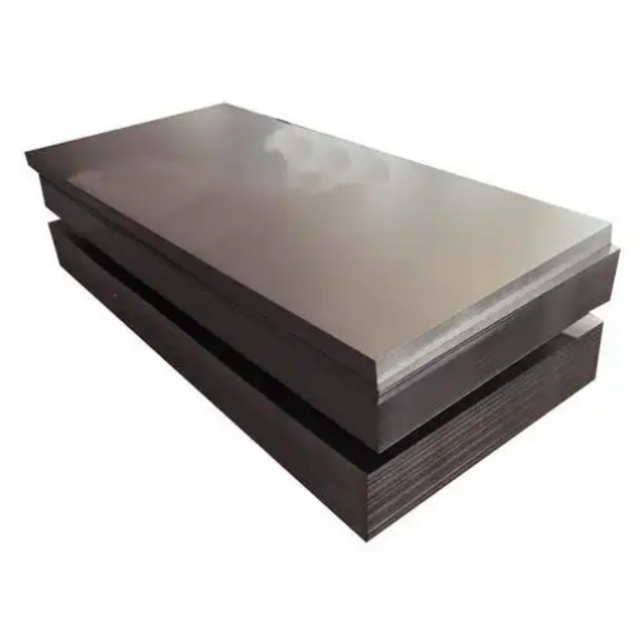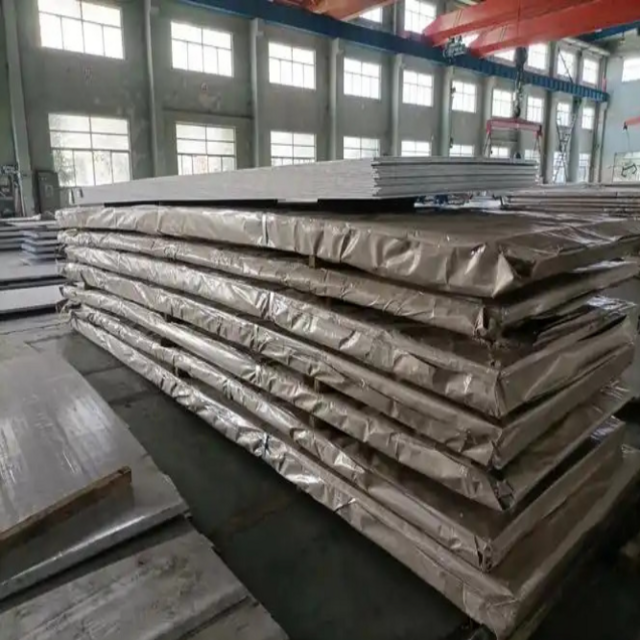carbon steel plate price
Carbon steel plate price represents a crucial factor in industrial procurement decisions, reflecting the market dynamics of this essential construction material. The pricing structure typically encompasses various grades of carbon steel plates, ranging from low to high carbon content, each serving specific applications in construction, manufacturing, and infrastructure development. Current market prices are influenced by multiple factors, including raw material costs, production capacity, global demand, and transportation expenses. These plates are manufactured through carefully controlled processes, ensuring consistent quality and mechanical properties such as tensile strength, yield strength, and impact resistance. The thickness range typically varies from 0.5mm to over 200mm, with standard widths and lengths available to suit diverse industrial requirements. The pricing also reflects the plate's finishing options, including hot-rolled, normalized, or heat-treated conditions, each offering distinct advantages for specific applications. Understanding carbon steel plate pricing is essential for project planning and cost management, as it directly impacts construction budgets and manufacturing costs across various industries.


